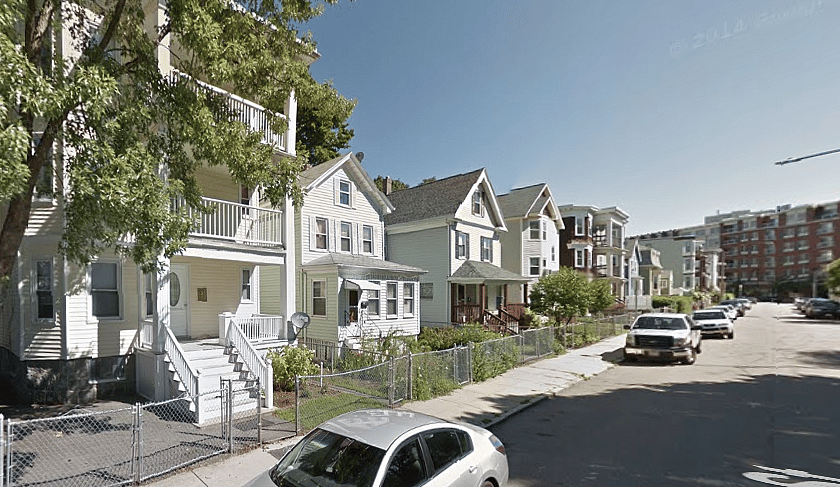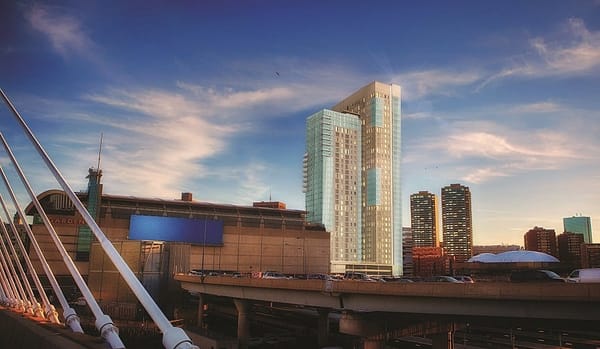Suburban living may be less ‘green’ than it appears

BOSTON – Tall buildings loom over traffic filled streets in Boston as litter-strewn sidewalks and gutters add their accents to the exhaust fumes pervading certain parts of downtown on a typical day. Yet city living may be more environmentally sustainable than residing in greener tree-lined suburbs.
Emissions from driving, public transit, home heating and household electricity use shows that where you live can affect how much carbon dioxide your lifestyle creates, according to a 2008 paper that looked at data from around the country. City residents generally account for significantly lower carbon emissions than people living in suburban areas, and the gap is particularly large in older areas like New York and Boston.

